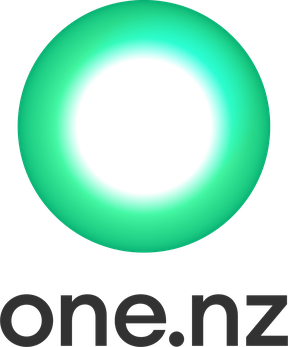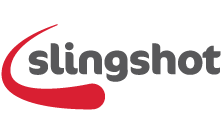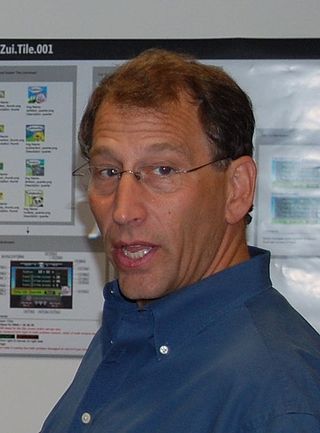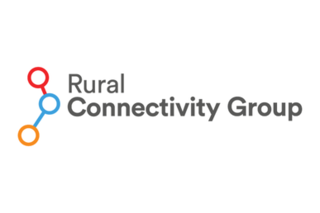Work programmes
| | This section needs expansion. You can help by adding to it. (October 2015) |
In December 2013, the TCF launched a stolen mobile phone blacklisting system with the backing of Telecom, Vodafone and 2degrees. [4]
| Predecessor | Telecommunications Carrier Forum and Telecommunications Industry Group |
|---|---|
| Formation | 2002 |
| Type | Incorporated society |
| Headquarters | Auckland, New Zealand |
CEO | Paul Brislen |
| Website | www |
Formerly called | NZ Telecommunications Carrier Forum |
The New Zealand Telecommunications Forum (TCF) is a pan-industry organisation which aims to encourage cooperation and develop standards for telecommunications equipment and services.
Its members include 2degrees, Chorus, Spark New Zealand, Vodafone New Zealand as well as a significant number of smaller players in the New Zealand telecommunications industry. [1]
The TCF is recognised by the government as being the "Telecommunications Industry Forum" referred to in the Telecommunications Act 2001. [2]
The current CEO, Paul Brislen, was appointed in July 2021, and succeeded Geoff Thorne. [3]
| | This section needs expansion. You can help by adding to it. (October 2015) |
In December 2013, the TCF launched a stolen mobile phone blacklisting system with the backing of Telecom, Vodafone and 2degrees. [4]
Telecommunications in New Zealand are fairly typical for an industrialised country.

ihug was New Zealand's third largest ISP, before it was bought, then absorbed by Vodafone New Zealand. According to 2005 estimates, it had over 100,000 internet and phone subscribers. Before 2000 ihug was New Zealand's largest ISP but as other ISPs began offering flat rate services, some customers opted to transfer to those providers.

The International Mobile Equipment Identity (IMEI) is a numeric identifier, usually unique, for 3GPP and iDEN mobile phones, as well as some satellite phones. It is usually found printed inside the battery compartment of the phone but can also be displayed on-screen on most phones by entering the MMI Supplementary Service code *#06# on the dialpad, or alongside other system information in the settings menu on smartphone operating systems.

Spark New Zealand Limited is a New Zealand telecommunications and digital services company providing fixed-line telephone services, mobile phone services, broadband, and digital technology services including cloud, security, digital transformation and managed services. Its customers range from consumers to small - medium business, government agencies and large enterprise clients. It was formerly known as Telecom New Zealand until it was rebranded to Spark in 2014. It has operated as a publicly traded company since 1990. Spark's mobile network reaches 98% of New Zealand, with over 2.5 million mobile connections and 704,000 broadband connections

Vodafone Group plc is a British multinational telecommunications company. Its registered office and global headquarters are in Newbury, Berkshire, England. It predominantly operates services in Asia, Africa, Europe, and Oceania.

Swisscom AG is a major telecommunications provider in Switzerland. Its headquarters are located in Worblaufen near Bern. The Swiss government owns 51 percent of Swisscom AG. According to its own published data, Swisscom holds a market share of 56% for mobile, 50% for broadband and 37% for TV telecommunication in Switzerland. Its Italian subsidiary Fastweb is attributed 16% of private clients and 29% of corporate clients share of Italian broadband and is also active in the mobile market.

One New Zealand Group Limited, also known as One NZ, is a New Zealand telecommunications company. One NZ is the largest wireless carrier in New Zealand, accounting for 38% of the country's mobile share market in 2021.

TelstraClear Limited was New Zealand's second-largest telecommunications company before being acquired by Vodafone New Zealand in October 2012, previous to which it was a subsidiary of Australian company Telstra.

Orcon Limited is a New Zealand telecommunications company. It is New Zealand's fourth largest Internet service provider (ISP). In 2013 it had a 5% share of the fixed line market.

Vodafone Czech Republic a.s. is a Czech telecommunications company. It is among the largest Czech companies by revenue. It was established as Český Mobil in 1999, when the government of Miloš Zeman granted it a free license to operate the third mobile GSM network. Its mobile network was called Oskar; the company itself was renamed in September 2004 to Oskar Mobil. In 2005 the international company Vodafone became the sole shareholder, which in November 2005, approved the most recent change in the company name. Czech Vodafone currently has over 3 million customers. The director is Petr Dvořák since February 2018.

The New Zealand telephone numbering plan describes the allocation of telephone numbers in New Zealand and the Pitcairn Islands.

Slingshot is the fourth largest telecommunications company in New Zealand. It has an approximately 16% market share of the New Zealand fixed telephone landline and residential broadband market. There are 300+ employees who all work in Auckland CBD.
Internet access is widely available in New Zealand, with 94% of New Zealanders having access to the internet as of January 2021. It first became accessible to university students in the country in 1989. As of June 2018, there are 1,867,000 broadband connections, of which 1,524,000 are residential and 361,000 are business or government.

The XT Mobile Network is a UMTS and LTE mobile network run by Spark New Zealand. The network was initially built nationwide on WCDMA/UMTS 850 MHz, with 2100 MHz infill in major urban areas. The UMTS network is HSPA+ enabled, with a maximum downlink transmission rate of 21.1 Mbit/s and an uplink rate of 5.2 Mbit/s attainable for capable hardware. HSPA+ has a theoretical maximum of 56 Mbit/s download speed and 22 Mbit/s upload speed. Then under Spark 4G LTE is being built out. The network is not 2G capable, Telecom never operated a public GSM network.
2degrees is a New Zealand telecommunications provider. Its mobile network launched on 4 August 2009 after nine years of planning. 2degrees offers prepaid and pay-monthly mobile services, as well as fixed-line phone and broadband services. 2degrees is the third-largest wireless carrier in New Zealand, with 1.3 million subscribers as of July 2015.
3G mobile telephony was relatively slow to be adopted globally. In some instances, 3G networks do not use the same radio frequencies as 2G so mobile operators must build entirely new networks and license entirely new frequencies, especially so to achieve high data transmission rates. Other delays were due to the expenses of upgrading transmission hardware, especially for UMTS, whose deployment required the replacement of most broadcast towers. Due to these issues and difficulties with deployment, many carriers delayed acquisition of these updated capabilities.

Eric Bennett Hertz was an American executive and the CEO of 2degrees, New Zealand's third largest mobile telecommunications company at the time of his leadership.
The Telecommunications Development Levy (TDL) is a levy on telecommunications companies in New Zealand, which funds various infrastructure and services which otherwise would not be available at an affordable price. It is payable by telecommunications firms with an operating revenue of over $10 million, in proportion to their qualified revenue.

The Rural Connectivity Group (RCG) is a joint venture by New Zealand’s mobile network operators – Vodafone, Spark, 2degrees. Crown Infrastructure Partners has contracted with the Rural Connectivity Group to bring 4G mobile and wireless broadband coverage to rural New Zealand under the Rural Broadband Initiative Phase Two and the Mobile Black Spot Fund.